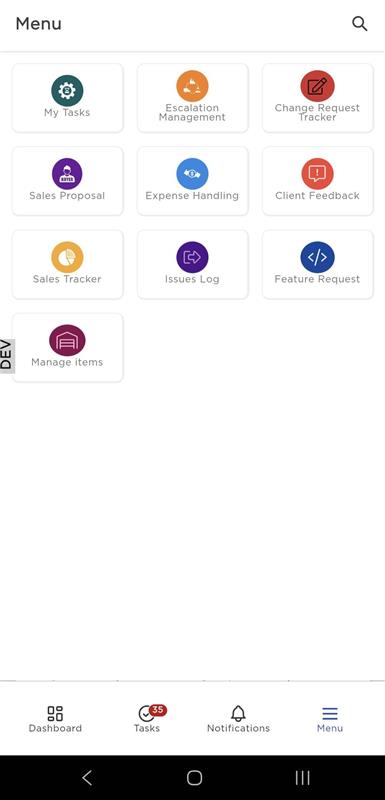¶ 1. AI Agents Now Power Your Workflows – Smarter, Faster, Error-Free
AI Agents are now available in Quixy Workflows — they work as your digital teammates that analyze data, take smart decisions, and execute workflow steps without manual intervention.
Just train the Agent once by telling it:
- What role it plays and what it needs to deliver
- What data to analyze and what output to produce
- What actions to perform based on its analysis
From there, it’s all hands-free. The Agent takes over at its assigned stage (Workflow step), completes tasks with precision, takes decisions where needed, and drives the process forward — all without delays or human errors.
Whether it’s approvals, evaluations, or data-driven decisions, AI Agents ensure your workflows are faster, more reliable, and easier to manage than ever before
Note
This is a beta feature available on request. To enable it for your account, please contact support at support@quixy.com.
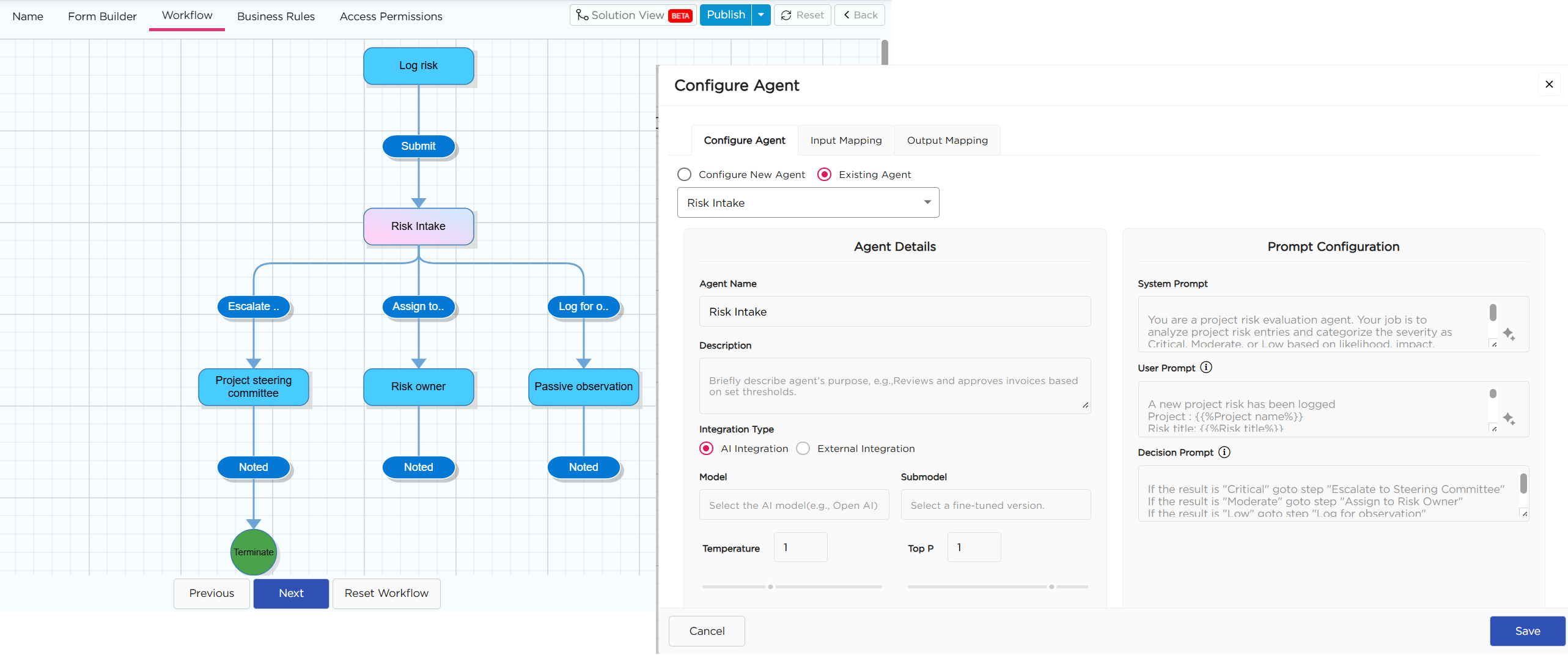
¶ 2. End-to-End Business Solution Generation with AI
Say goodbye to hours of manual effort spent building applications and automating workflows. Intelligent AI-driven solution development is here—and it's changing the game for citizen developers.
From app creation and workflow automation to defining logic, permissions, integrations, and data models—every element is generated for you. Simply draft your business process from end to end and hand it over to the AI assistant.
This NLP-powered engine reads through your documents, interprets your business logic, understands contextual nuances, and auto-generates a fully functional solution within minutes. No manual configuration. No trial-and-error.
Once the solution is ready, you're instantly taken to the interactive builder—where you can review, fine-tune, and deploy it to live with complete control.
Note
This is a beta feature available on request. To enable it for your account, please contact support at support@quixy.com.
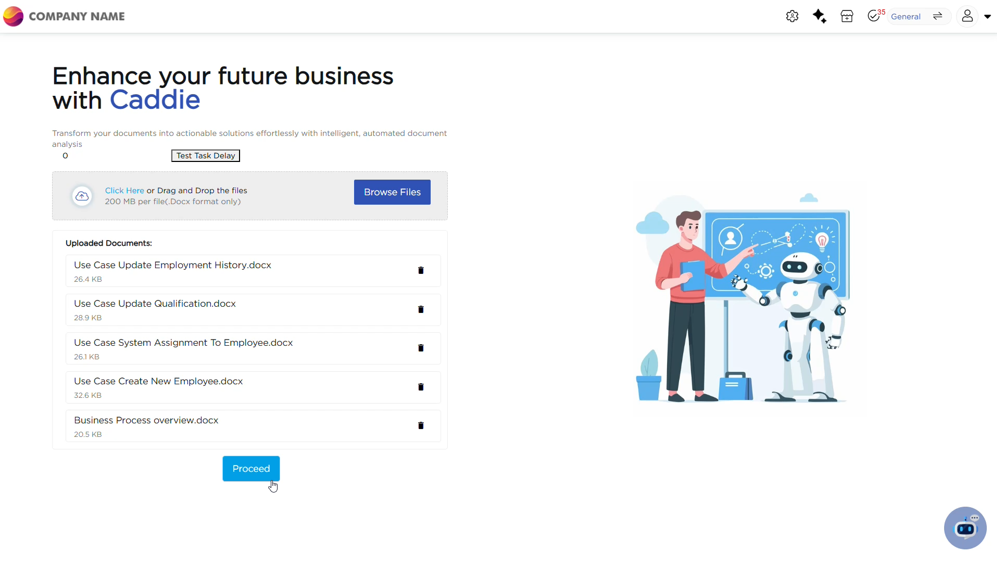
¶ 3. Sensitive Data! Secure it like never before
In our ongoing commitment to ensuring the highest standards of privacy and security for your data, we’re rolling out a suite of new tools designed to protect sensitive data or user information.
¶ Personally Identifiable Information (PII) Tagging
The origin of data in the platform typically starts at applications or databases. These repositories can hold a wide range of information, including sensitive data. When such data is used in visualizations, notifications, or integrations, there's a risk of unintentionally exposing it.
To mitigate this, PII tagging helps prevent accidental exposure by allowing fields to be tagged as sensitive at the application or data table level. Once tagged, this designation is automatically carried forward across all downstream artifacts where the field is used.
The platform intelligently detects PII-tagged fields in areas prone to exposure—such as reports, views, integrations, NLP reports, and notifications—and displays a warning or confirmation prompt. This ensures developers are explicitly aware they’re handling sensitive data, helping them make informed decisions and encouraging responsible development practices.
For example, if a PII-tagged field is used in an email subject line or displayed in a view, the system shows an alert, helping users avoid accidental exposure and handle sensitive data with care.
This built-in safeguard not only helps teams stay vigilant but also aligns seamlessly with privacy-by-design principles outlined in frameworks like GDPR, POPIA, and India’s DPDP Act.
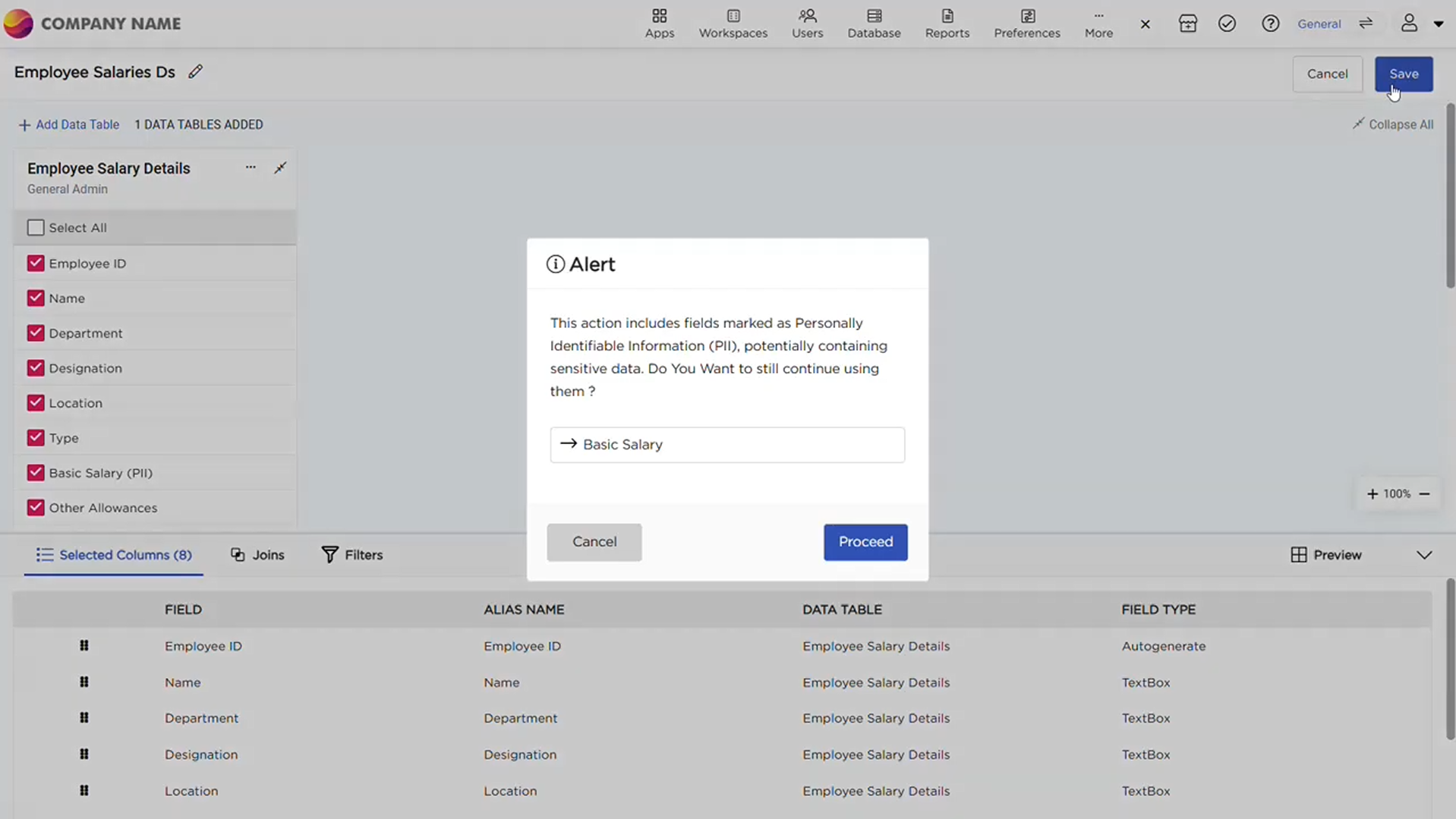
¶ Data Encryption & Masking – A Dual Shield for Your Sensitive Information
To strengthen data protection even further, we’ve introduced encryption and masking capabilities for sensitive data.
Encryption ensures that data captured through form fields or stored in data tables—such as bank account numbers, national ID details, or passport numbers—is securely converted into an unreadable format at the backend. This ensures that even in the event of a breach, the data remains protected and inaccessible.
On the frontend, data masking helps prevent unnecessary exposure of sensitive information—such as social security numbers, email addresses, or salary figures—by displaying masked values in reports, tables, and views (e.g., ****1234 instead of a full phone number or XXX-XX-6789 for a social security number). This ensures only the necessary portion of data is visible to the appropriate users, minimizing the risk of accidental disclosure.
Together, encryption and masking provide end-to-end protection, ensuring sensitive information always stays secure.
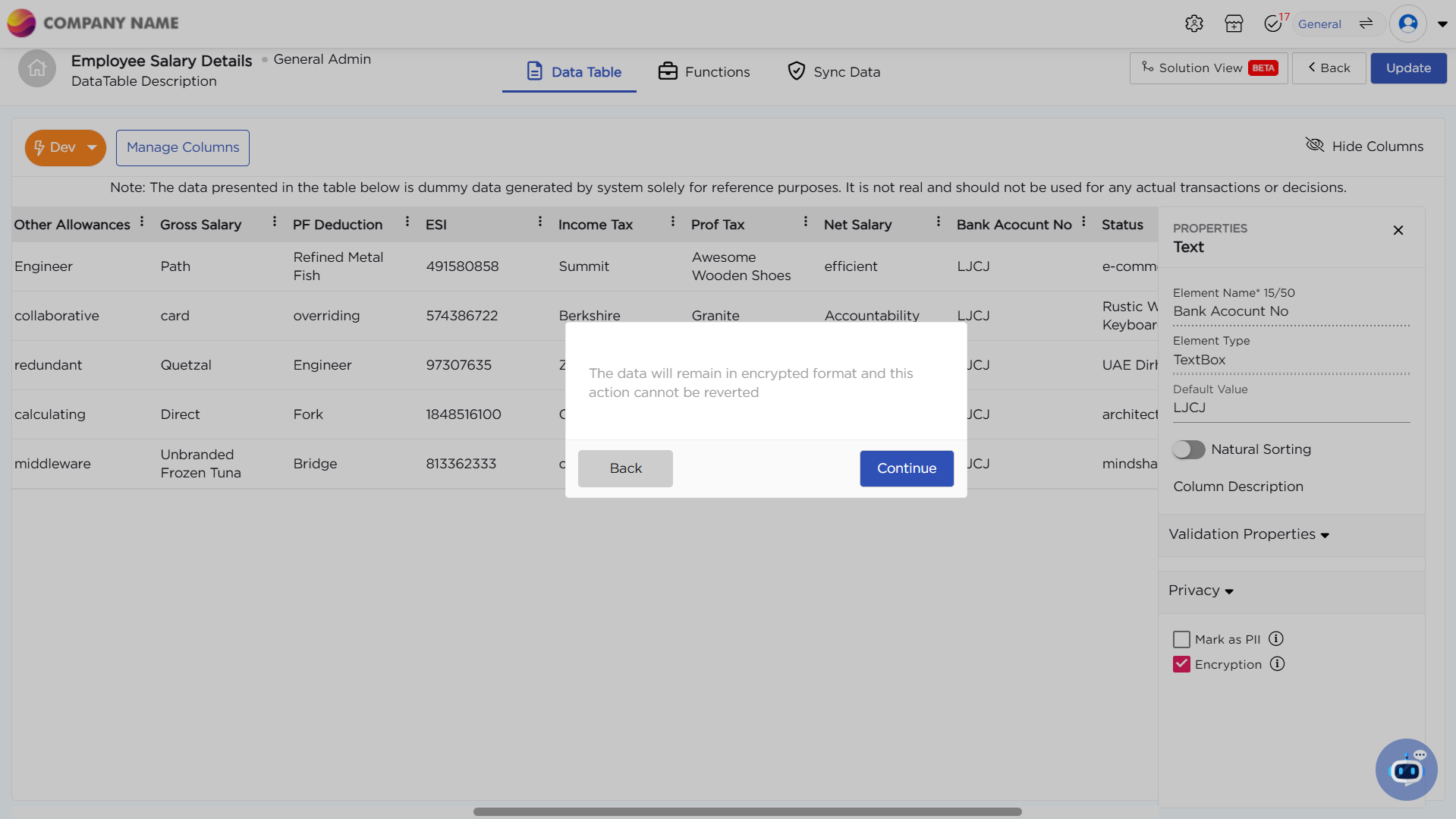
¶ 4. Real-Time Data Badges for Views
We’ve enhanced the user menu by allowing data conditions on menu items like List View and Kanban View. CDs can now apply data conditions to menu items like List View and Kanban View, allowing you to filter records based on specific criteria and display the record count as a badge next to the view name.
This gives users immediate insight into how many items meet a condition—no need to open the view.
- To enable this, simply turn on "Display Count" for the desired view and define the condition.
Example
An approvals team can have a List View added to the user menu that shows the count of records that are pending requests—enabling them to quickly identify, realize and prioritize actions without needing to open the full view.
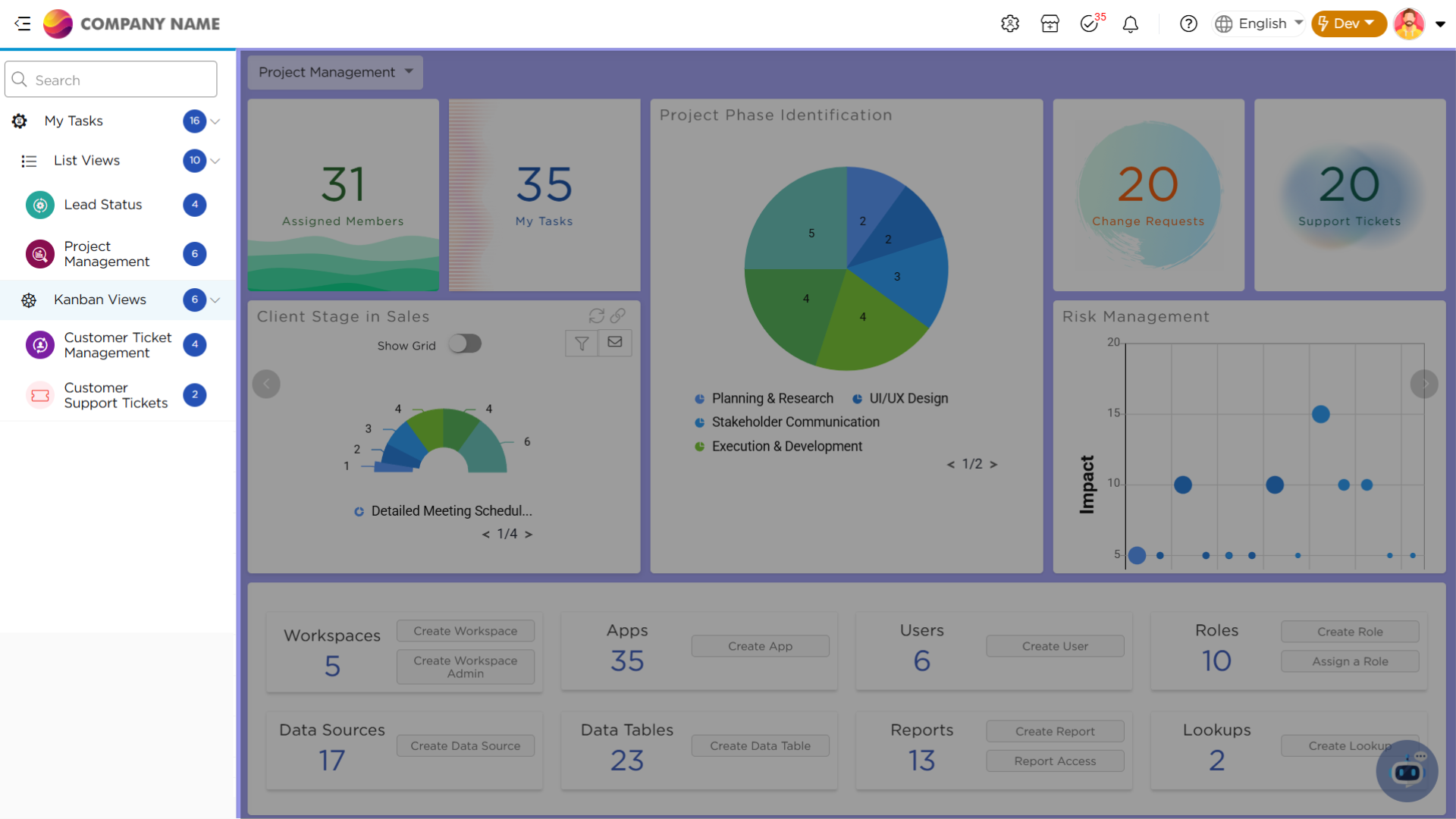
¶ 5. New Payment & Signer Gateways Added
- We’re excited to expand our options by adding PayFast to our existing payment gateways, giving you more flexibility in processing transactions.
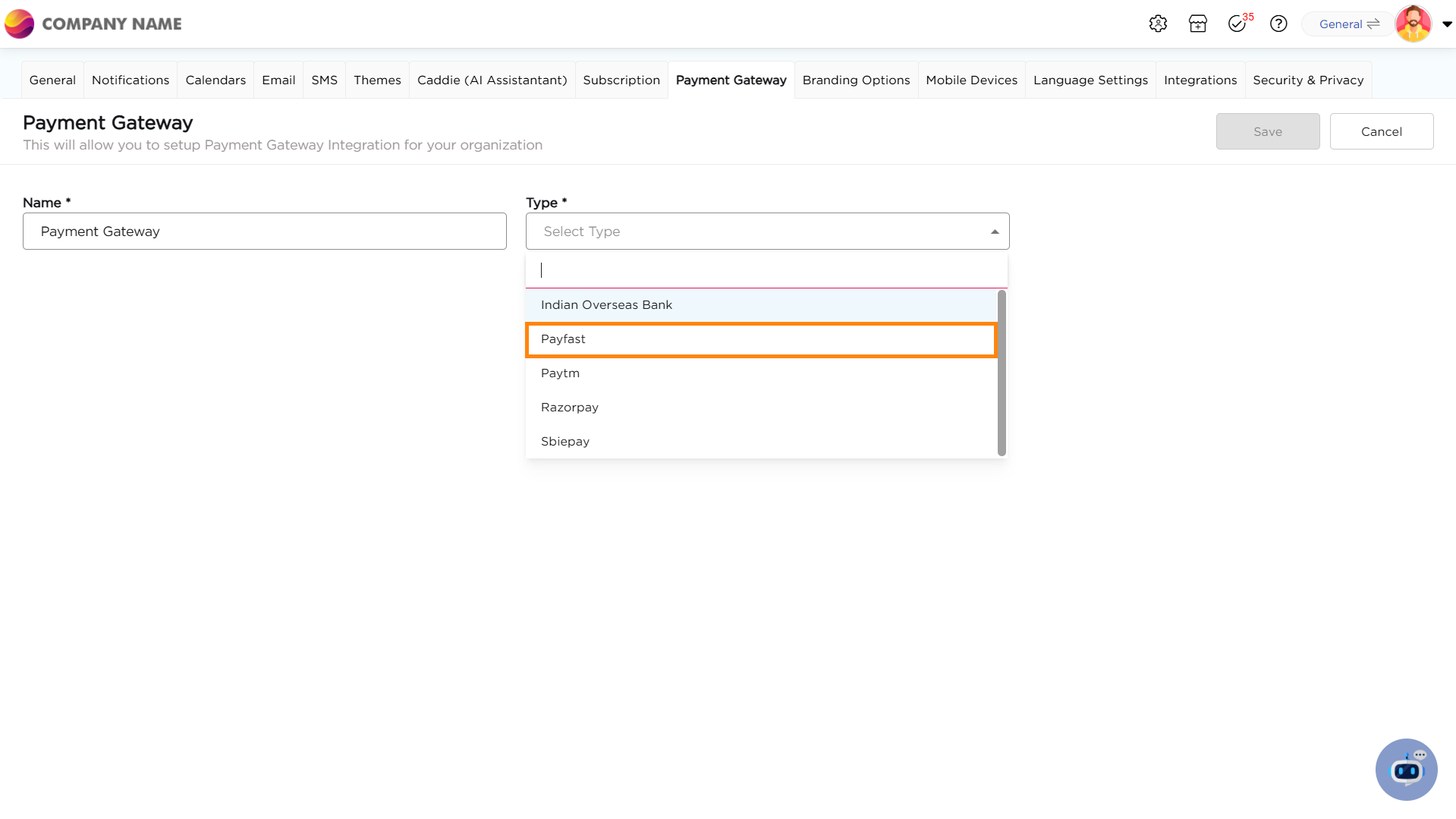
- Similarly, we’ve introduced SigningHub alongside our current signer gateways to provide enhanced choices for your digital signing needs.
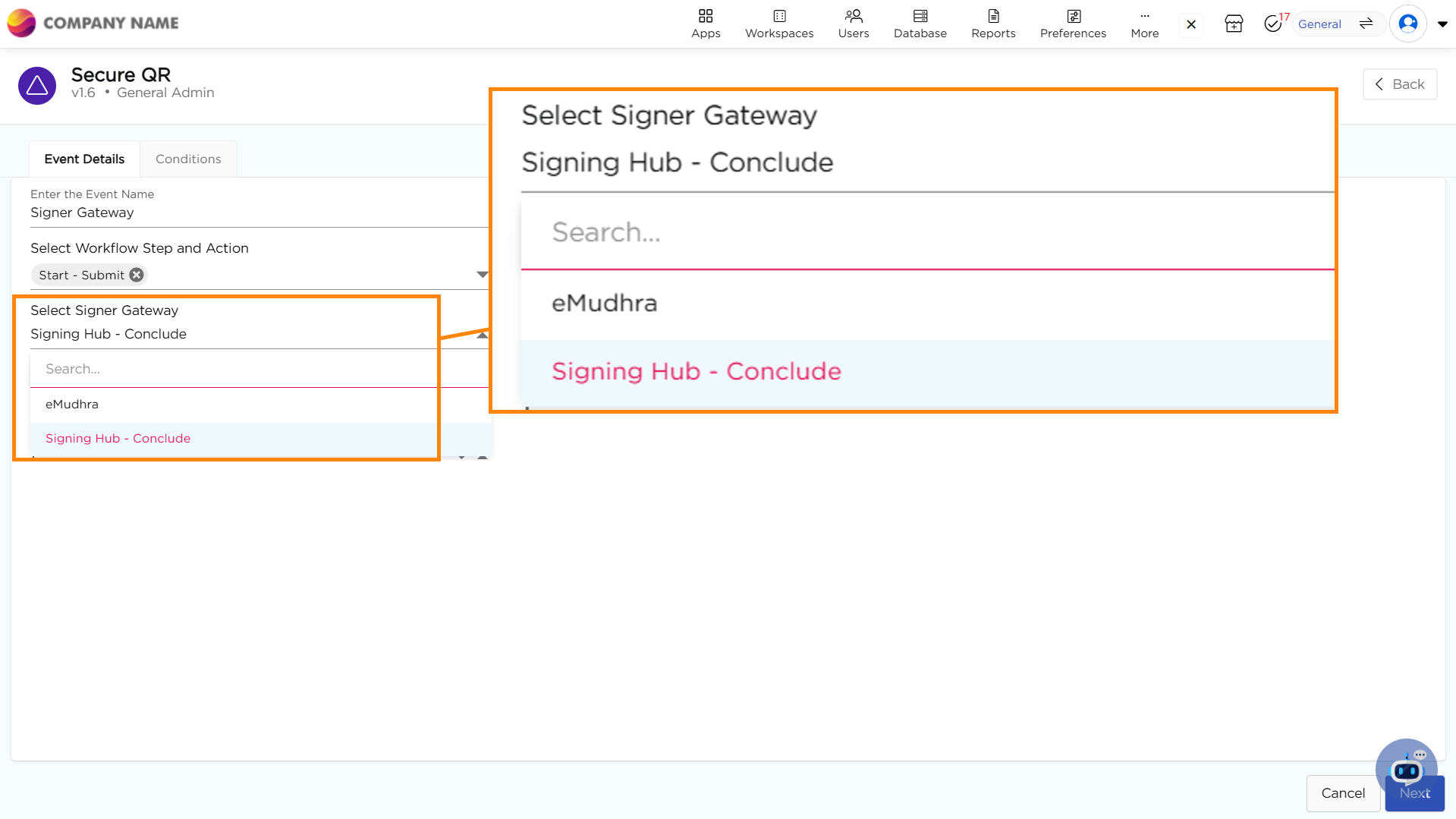
¶ Usability Enhancements
1. In Services, Citizen Developers can use Business Rules to set values for data fields dynamically, based on defined conditions. Refer to this article
2. Now, QR codes can be set to work only with Quixy’s scanner, ensuring that QR codes generated within applications can't be accessed or misused through third-party scanners. Refer to this article
- This adds an extra layer of control and security, especially in workflows where QR codes are used to access or trigger sensitive application data.
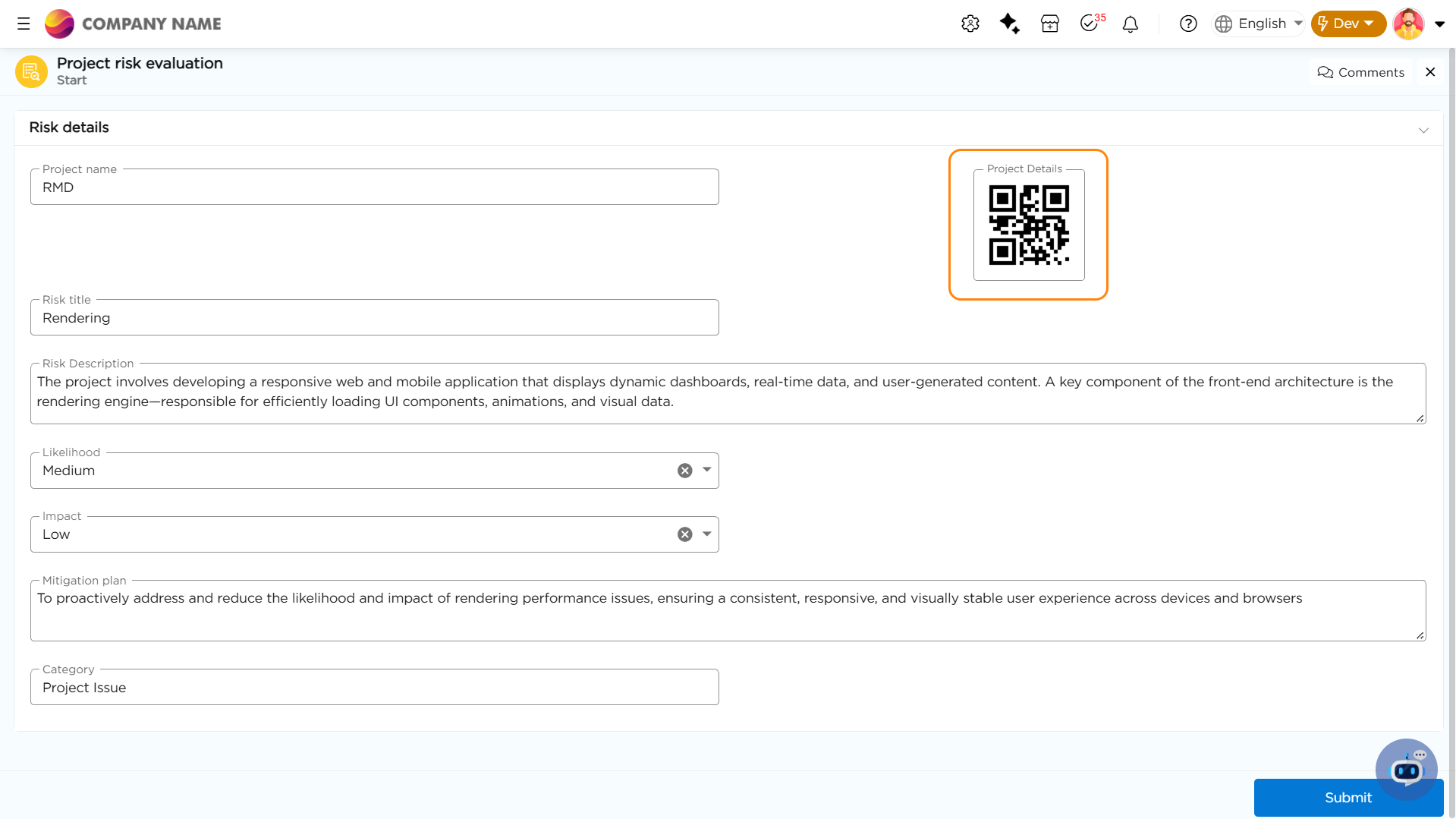
3. Now record and attach voice notes on the go in applications, making data entry faster, clearer, and more human, especially at times when typing is difficult or time-consuming. Refer to this article
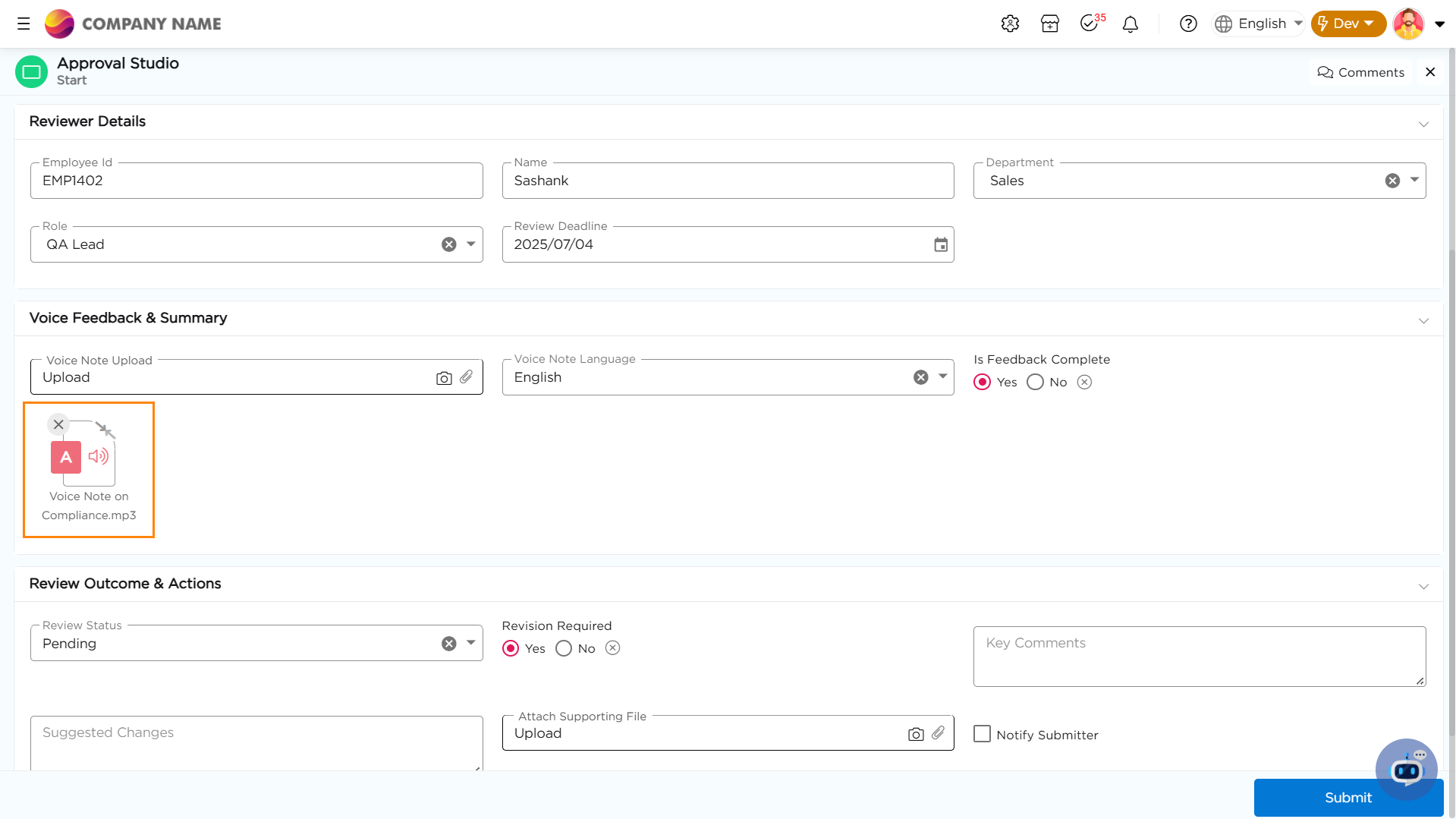
4. Previously, users could only submit data records offline through apps. Now, you can also upload files and add e-signatures as part of your offline submissions. All inputs are securely stored in a buffer and automatically synced once you're back online.
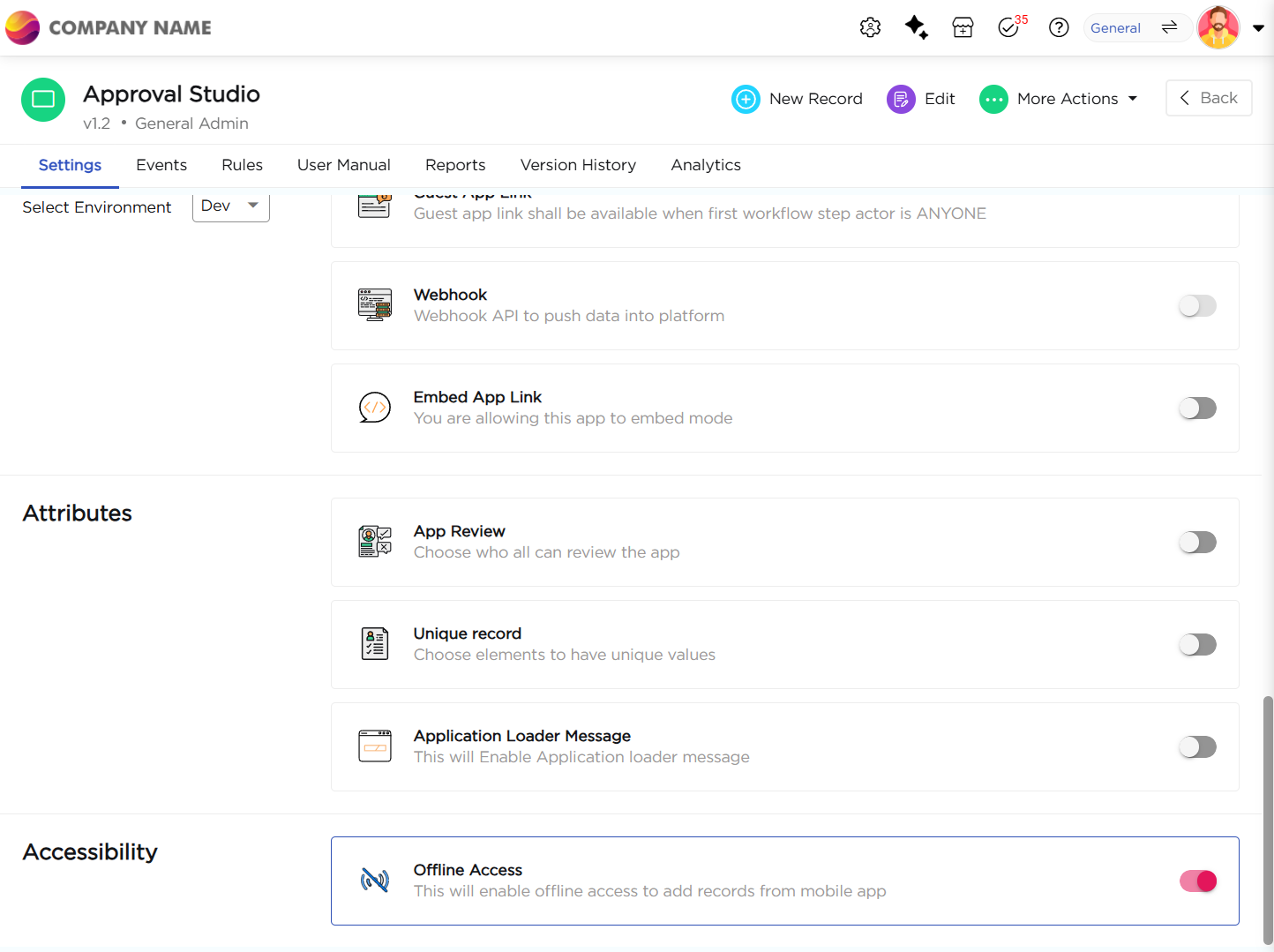
5. Your custom menu just got a visual upgrade. You can now switch to a compact icon-based layout, giving you a cleaner, more modern interface. Whether it’s quick access to views like Pending Tasks, Approvals, or Team Boards, the icon-style layout keeps your workspace minimal and intuitive.
Before:
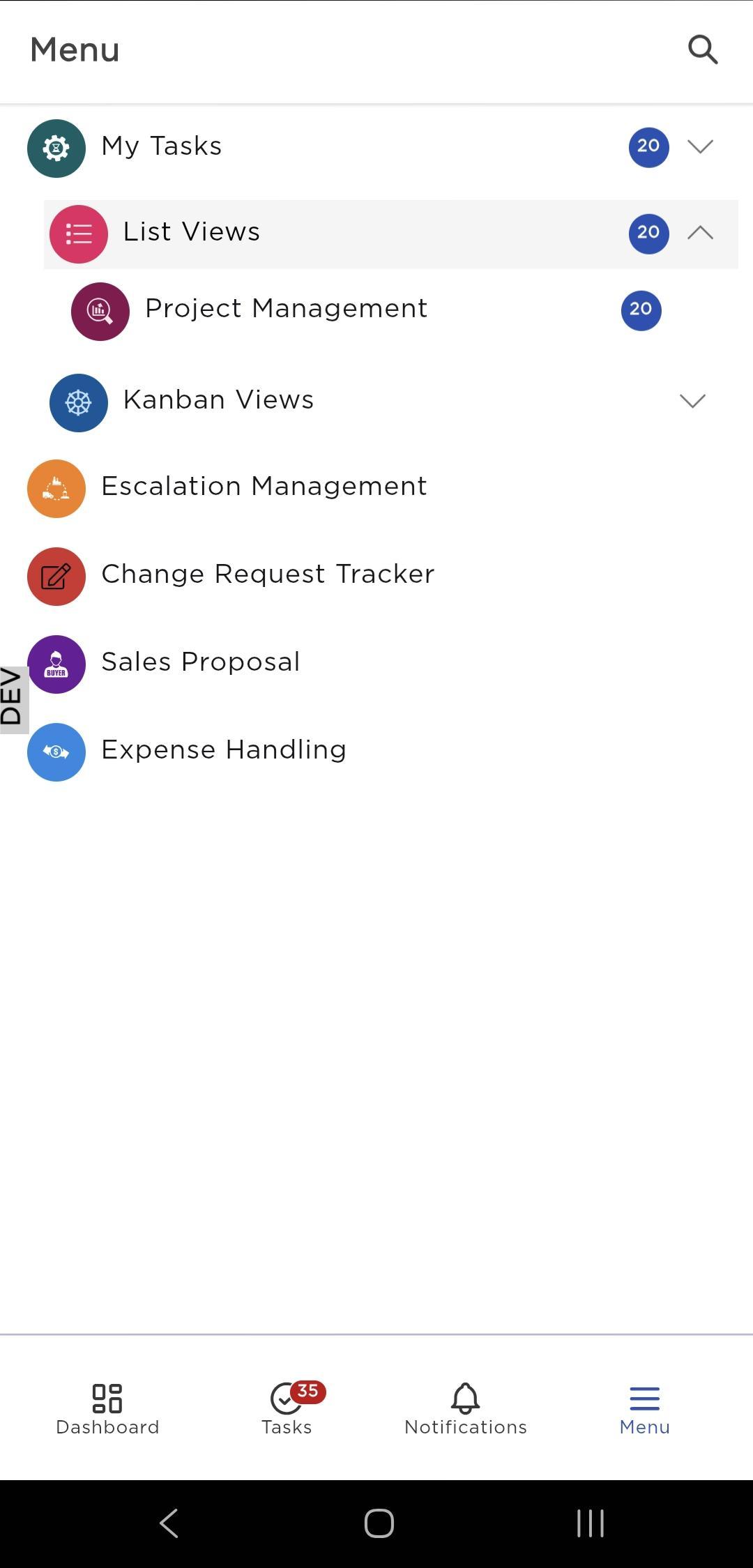
Now:
